Idrw Team
SOURCE: IDRW.ORG.
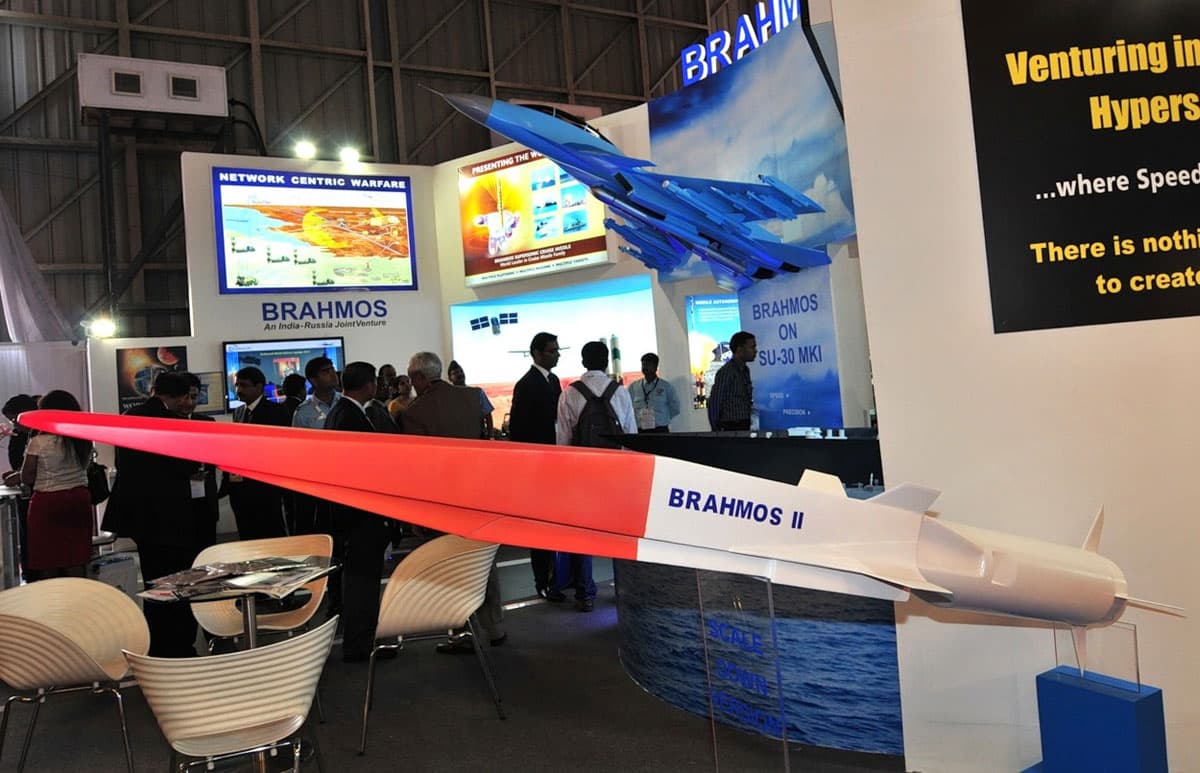
BrahMos Aerospace, the Indo-Russian joint venture, has unveiled an ambitious roadmap for the next generation of BrahMos missiles. The BrahMos-2K project promises to revolutionize cruise missile technology, surpassing the capabilities of the current BrahMos with significant advancements in speed and range.
BrahMos will be developed in two stages, each introducing a distinct speed variant. The first stage, targeted for completion by 2026, will see the BrahMos achieve near hypersonic speed of Mach 5. This initial version will utilize a next-generation ramjet engine, leveraging existing technology transfer from Russia. Informed sources suggest BrahMos has already conducted successful lab tests exceeding Mach 6.5. While final cruise speed might be capped just above Mach 5, officially classifying it as hypersonic, this initial BrahMos paves the way for a true hypersonic future.
Continue readingSOURCE: IDRW.ORG
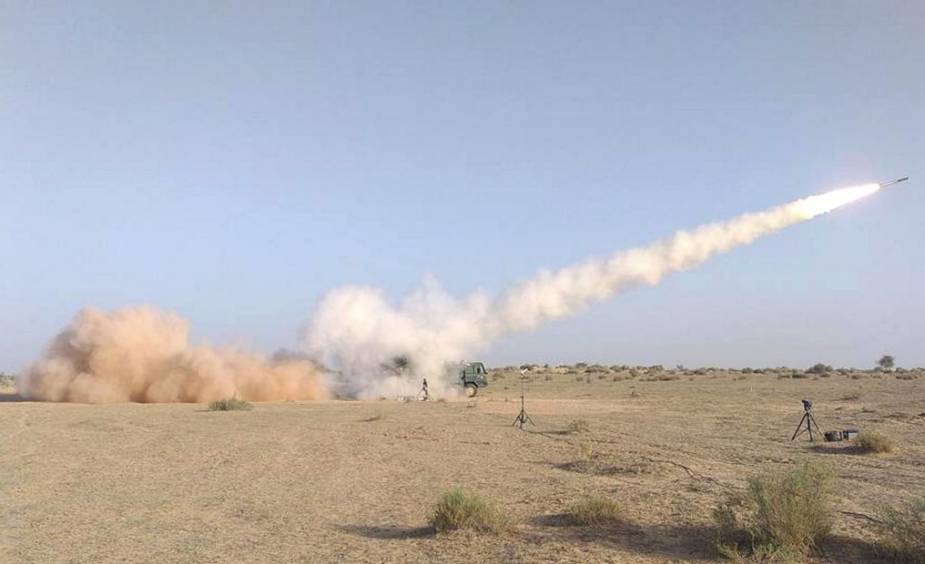
Lt. Gen. Adosh Kumar, Director General of Artillery in the Indian Army, has confirmed that the Army will begin trials for Area Denial Artillery Munitions (ADM) in 2025, marking a significant advancement in India’s artillery modernization efforts. The ADMs, developed by the Defence Research and Development Organisation (DRDO), are designed to enhance the Army’s capability to neutralize enemy tanks, armored vehicles, and personnel over a large area using advanced sub-munition technology.
Lt. Gen. Kumar, who has commanded an Artillery Division as part of a Strike Corps, highlighted the critical role ADMs will play in the Indian Army’s future battlefield strategy. These munitions, deployed through multi-barrel rocket systems (MBRS), will act as a powerful force multiplier, capable of dispersing bomblets across a wide area to disrupt and destroy enemy formations.
Continue readingSOURCE: IDRW.ORG

In a significant development for India’s defence exports, Morocco has signed an agreement with Tata Motors for the establishment of a factory to manufacture the WhAP (Wheeled Armoured Platform) 8×8 Infantry Fighting Vehicle (IFV). This marks a strategic victory for India, as the WhAP faced stiff competition from China’s NORINCO Type 08 (ZBL-08 or VN-1 export version).
The competition for the Moroccan contract was fierce. While China offered a lower price point, the Moroccan Land Forces were ultimately swayed by the WhAP’s superior quality and reliability. The WhAP boasts a powerful American Cummins 600hp engine and Allison 4500SP automatic transmission, providing exceptional performance and dependability. This, coupled with concerns about China’s after-sales service for previous weapons deals, tipped the scales in India’s favor.
Continue readingSOURCE: IDRW.ORG
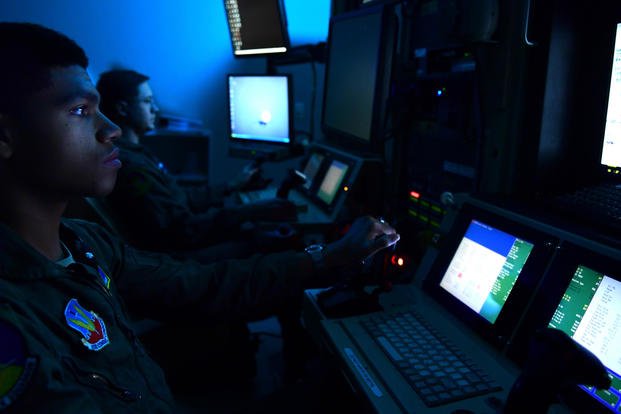
The Aeronautical Development Establishment (ADE), a premier research and development laboratory under DRDO (Defence Research and Development Organisation), is currently seeking qualified pilots with extensive experience in unmanned aerial vehicle (UAV) operations to join its UAV projects. ADE is looking to engage these pilots as consultants to help develop and test various UAVs and unmanned aerial systems (UAS) that are crucial for India’s defense sector.
The primary responsibility will be the planning and execution of all UAV test operations as per the project requirements at ADE. This includes flight testing, data collection, and operational analysis. The consultant will be involved in UAV and UAS testing, covering all aspects of development, including autonomous systems, endurance testing, and performance validation.
Continue readingSOURCE: IDRW.ORG

The Royal Moroccan Army has placed an order for 150 units of the Wheeled Armoured Platform (WhAP 8×8), a cutting-edge armored vehicle developed through a collaboration between Tata Advanced Systems and India’s Defence Research and Development Organisation (DRDO). This deal marks a significant achievement in India’s defense exports, underscoring the growing international recognition of indigenous Indian defense technologies.
New details have emerged, revealing that the foundation for this substantial contract was laid as early as 2022, when Tata Advanced Systems shipped a WhAP 8×8 vehicle to Morocco for trials, entirely at their own expense. The vehicle, which was manufactured at Tata’s facility in Pune, was transported via Mumbai port to Morocco, accompanied by a small team of Tata personnel to facilitate the trials and provide technical support.
Continue readingSOURCE: IDRW.ORG

Maraal Aerospace Pvt Ltd, an IIT Kanpur incubated startup, has introduced a groundbreaking High-Altitude Pseudo-Satellite (HAPS). This innovative unmanned aerial vehicle (UAV) is designed to operate at an altitude ranging from 18 to 30 kilometers, offering several advantages over traditional satellites.
One of the key benefits of the HAPS is its low operational altitude, which enables it to provide high-resolution, conclusive, and effective surveillance multimedia. By operating at 18-20 kilometers, the HAPS can offer round-the-clock services similar to a geostationary satellite. With an endurance of up to 12 weeks, it can be deployed for extended periods.
Continue readingSOURCE: IDRW.ORG

Recent media reports have suggested that the Indian Army has chosen not to deploy its Boeing AH-64 Apache attack helicopters in high-altitude areas due to their limited performance in such regions. However, sources within the Indian Army have clarified to idrw.org that these reports are a misrepresentation of the facts. The Indian Army had never intended to use its Apache helicopters in high-altitude regions, as they were specifically procured to support Strike Corps operations in more suitable terrains.
The Apache AH-64 attack helicopters, globally recognized for their firepower and versatility, were purchased by the Indian Army with a clear operational focus. Contrary to media reports suggesting performance issues in high-altitude environments, Army officials have confirmed that the helicopters were never intended for such roles.
Continue readingSOURCE: IDRW.ORG TEAM
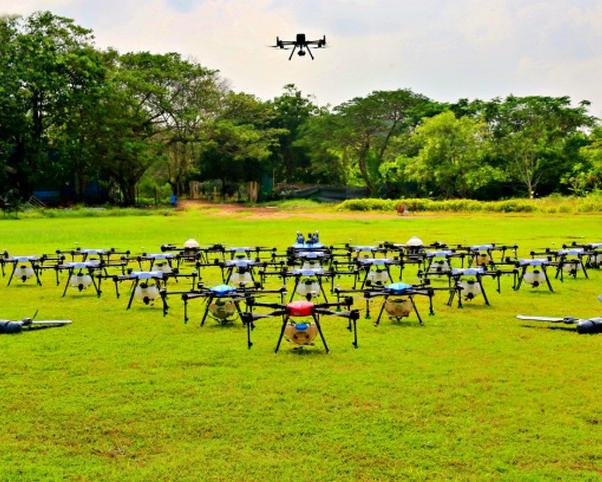
Garuda Aerospace, a leading agritech startup based in Chennai, has announced its plans to concentrate on the development of swarm drones, tethered drones, and underwater drones. The company is also gearing up for the inauguration of its new Defence Drone Facility in Chennai.
The Defence Drone Facility, spanning 30,000 square feet, will be equipped with state-of-the-art design, manufacturing, and testing facilities. This facility, developed in partnership with Hindustan Aeronautics Limited (HAL) and BEML Limited, will focus on indigenizing drone subsystem development and local production of critical components, such as motors, batteries, and transmitters.
Continue readingSOURCE: IDRW.ORG
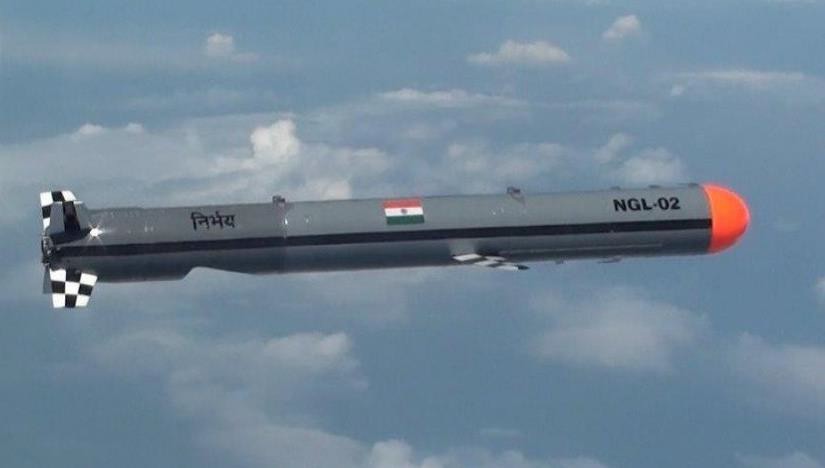
The Indian Army is gearing up to conduct user trials of the Nirbhay sub-sonic cruise missile. This development comes as the missile nears the completion of its developmental trials, powered by a locally made STFE engine.
Sub-sonic cruise missiles with a range of 1000 km are a crucial component of the upcoming Rocket Force, which is set to become the fourth service wing of the Indian Armed Forces. The Nirbhay missile has already been successfully tested from a truck-mounted system earlier this year.
Continue readingSOURCE: IDRW.ORG

The Indian Army’s aviation wing, which has traditionally operated utility helicopters, took a significant leap forward with the induction of its first dedicated attack helicopter, the Light Combat Helicopter (LCH), in November 2022. The first LCH squadron, 351 Army Aviation, was moved to Missamari, Assam, located near the Line of Actual Control (LAC), a strategic area in the Eastern sector. This marks a pivotal shift in the Army’s air power capabilities, enabling more effective combat operations in both high-altitude and challenging terrains.
In a significant move to enhance the Army’s combat aviation strength, the Defence Acquisition Council (DAC) has approved the procurement of 156 LCHs at an estimated cost of ?45,000 crore. Of these, 90 will be for the Army, and 66 will go to the Air Force. This is in addition to the 15 limited series production (LSP) LCHs currently being procured — 10 for the Indian Air Force (IAF) and five for the Army, at a cost of ?4,264 crore.
Continue readingSOURCE: IDRW.ORG
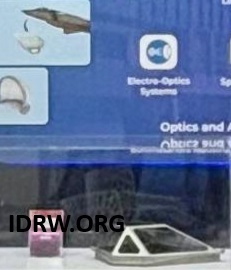
Bangalore-based Optics and Allied Engineering Pvt. Ltd.(Optica) has unveiled what appears to be a single sapphire housing designed to accommodate the Electro-Optical Targeting System (EOTS) for India’s Advanced Medium Combat Aircraft (AMCA) project. This development marks a significant step forward in enhancing the AMCA’s targeting capabilities and aligning the aircraft with global fifth-generation fighter standards.
The EOTS is a high-performance, lightweight, multi-functional system that provides precision air-to-air and air-to-surface targeting capabilities. Integrated into the front fuselage of the AMCA, the system will feature a durable sapphire window, known for its strength and resistance to damage. The sapphire housing will protect the sensitive targeting system while maintaining a low-drag, stealthy profile crucial for maintaining the aircraft’s stealth capabilities.
Continue readingSOURCE: IDRW.ORG TEAM

Saab India’s Marketing Director for Aeronautics, Rituraj Tyagi, has highlighted the Gripen E’s unique ability to remain relevant in the future through its continuous upgradeability. Tyagi emphasized that fighter aircraft should be adaptable to rapidly evolving technology and that the Gripen E has been designed to meet this challenge.
One of the Gripen E’s key features is the separation of software and hardware upgrades. This allows for independent modifications, ensuring that the aircraft can keep pace with advancements without requiring extensive changes to both systems. A small panel on the aircraft enables ground crews to easily load new software, including both mission-critical and flight-critical functions.
Continue readingSOURCE: IDRW.ORG

Tata Motors has unveiled a new variant of its WHAP 8×8 (Wheeled Armoured Amphibious Platform), which is set to be delivered to the Moroccan Armed Forces under a contract for 150 units. This development marks a significant milestone for Tata Motors, which has been making strides in the global defense market with its versatile range of military vehicles. The WHAP 8×8 is gaining attention due to its adaptability and combat capabilities, and the Moroccan deal highlights Tata’s growing influence in North Africa.
One of the key modifications observed in the newly revealed WHAP 8×8 model for Morocco is the shift from a Right-Hand Drive (RHD) system, as used in the Indian variant, to a Left-Hand Drive (LHD) configuration. This change is in line with Morocco’s traffic regulations and operational requirements, demonstrating Tata Motors’ flexibility in adapting its products to meet the specific needs of international customers.
Continue readingSOURCE: IDRW.ORG TEAM
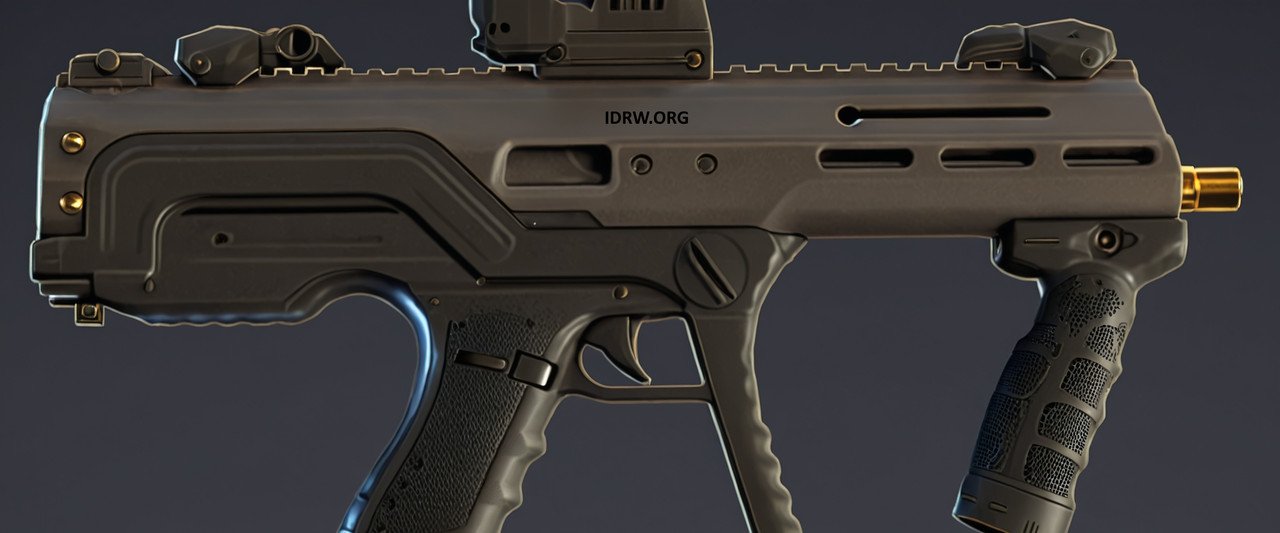
Lokesh Machines Limited, a leading manufacturer of firearms and ammunition, has achieved a significant milestone by delivering an order of 550 9×19 mm submachine guns (SMGs) known as ASMI to the Northern Command of the Indian Army.
The company secured the order, valued at Rs 4.26 crore, in mid-June 2024. The development of the ASMI SMG was spearheaded by Col Prasad Bansod from the Infantry School, Mhow, with crucial support from the Defense Research and Development Organization’s (DRDO) Armament Research & Development Establishment (ARDE) in Pune.
Continue readingSOURCE: IDRW.ORG
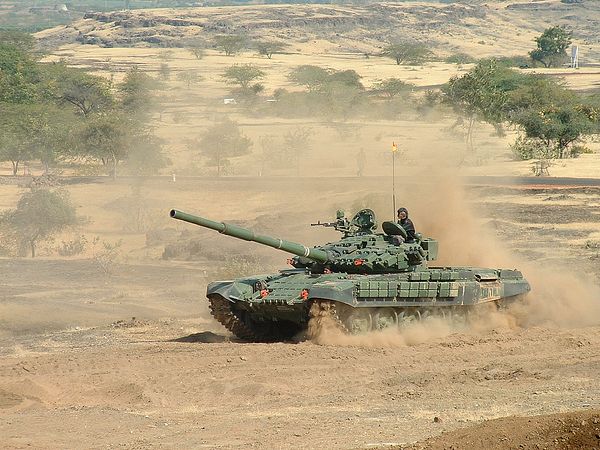
Defence expert Ranesh Rajan while speaking to idrw.org has cautioned India to be wary of shell companies expressing interest in purchasing T-72 tanks from the country. This warning comes as the Indian Army prepares to retire and potentially export several hundred T-72s amidst a global rise in demand for tanks.
The Indian Army currently operates around 2,500 T-72 tanks, some dating back to the late 1970s. These tanks have served alongside over 1,000 T-90s. This once made India the world’s largest operator of both tank classes, which benefit from significant interoperability due to the T-90 being a modernized derivative of the T-72.
Continue reading